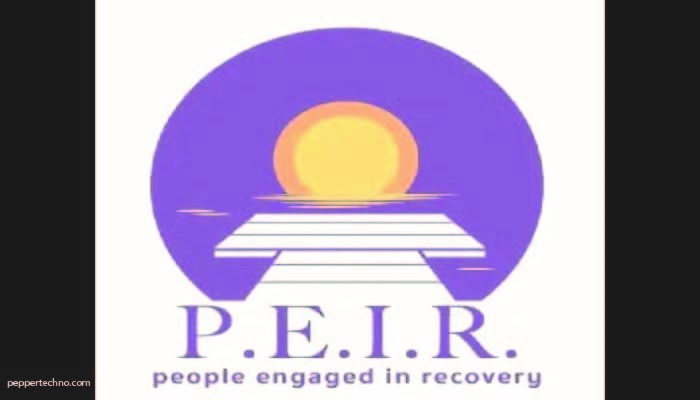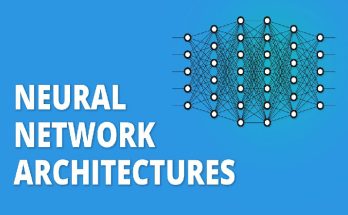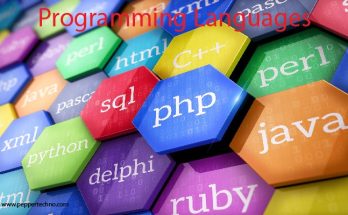The Comprehensive Framework of PEIR
We are discussing comprehensive Framework of PEIR. In the pursuit of organizational success, understanding and implementing effective frameworks is essential. One such comprehensive framework that has gained traction is PEIR, an acronym encompassing four critical elements: Planning, Execution, Improvement, and Reflection. This article delves into the nuanced layers of PEIR, exploring how each component contributes to a dynamic and adaptive approach in achieving goals and enhancing organizational performance.

Planning: The Blueprint for Success
Defining the Planning Phase
At the heart of the PEIR framework lies Planning – the strategic foundation upon which successful endeavors are built. This phase involves meticulous assessment, goal setting, and roadmap creation. Effective planning provides clarity on objectives, resources required, and potential challenges, laying the groundwork for successful execution.
Key Components of Planning in PEIR
Goal Setting and Objectives
The planning phase begins with setting clear and achievable goals. These goals serve as beacons, guiding the organization towards its desired outcomes. Objectives, aligned with the overarching goals, break down the larger mission into manageable milestones.
Resource Allocation
Efficient resource allocation is a critical aspect of planning. This involves identifying and allocating the necessary human, financial, and technological resources required to execute the plan successfully.
Risk Assessment and Mitigation
The planning phase is incomplete without a thorough risk assessment. Identifying potential challenges and developing mitigation strategies ensures resilience in the face of unforeseen obstacles.
Execution: Bringing Plans to Life
The Execution Phase Defined
With the plans in place, the Execution phase of PEIR comes into play. This stage involves translating strategic objectives into tangible actions. Successful execution requires collaboration, adaptability, and a commitment to turning plans into reality.
Key Components of Execution in PEIR
Team Collaboration
Effective teamwork is paramount during the execution phase. Collaborative efforts, clear communication, and a shared understanding of roles and responsibilities contribute to seamless execution.
Adaptability and Flexibility
The business landscape is dynamic, and adaptability is a cornerstone of successful execution. Organizations must be flexible in response to changes in the external environment or internal dynamics.
Monitoring and Feedback Mechanisms
Continuous monitoring of progress is vital during execution. Establishing feedback mechanisms allows for real-time adjustments, ensuring that the organization stays on course towards its objectives.
Improvement: Iterative Growth and Development
The Essence of the Improvement Phase
As the execution unfolds, the Improvement phase in PEIR takes center stage. This stage involves a continuous feedback loop, emphasizing iterative growth and development. Organizations keen on long-term success prioritize learning from experiences, refining strategies, and embracing innovation.
Key Components of Improvement in PEIR
Data Analysis and Performance Metrics
In the Improvement phase, data becomes a powerful tool. Analyzing performance metrics provides insights into the effectiveness of strategies, identifying areas of success and opportunities for enhancement.
Continuous Learning Culture
Organizations committed to improvement foster a culture of continuous learning. This involves encouraging employees to share insights, learn from both successes and setbacks, and actively engage in professional development.
Innovation Integration
The Improvement phase encourages organizations to integrate innovation into their processes. Embracing new technologies, methodologies, and creative solutions ensures a forward-thinking approach to achieving goals.
Reflection: Cultivating Organizational Wisdom
The Reflective Stage Defined
The PEIR framework recognizes the importance of Reflection as a crucial element in the organizational journey. Reflection involves thoughtful contemplation on past actions and outcomes, cultivating organizational wisdom that informs future decisions.
Key Components of Reflection in PEIR
Post-Implementation Evaluation
After execution and improvement efforts, a post-implementation evaluation is conducted. This involves a comprehensive review of the entire process, identifying successes, challenges, and areas for further refinement.
Lessons Learned Documentation
Reflection encourages organizations to document lessons learned. This valuable repository of insights becomes a resource for future endeavors, preventing the repetition of mistakes and capitalizing on proven strategies.
Organizational Culture and Values Alignment
The Reflection phase prompts organizations to assess the alignment of their actions with their core values and overall culture. This introspection ensures that the organization’s endeavors are consistent with its identity and mission.
The Interconnected Nature of PEIR
Synergy Between PEIR Components
While each phase of PEIR – Planning, Execution, Improvement, and Reflection – has its distinct focus, the power of the framework lies in their interconnected nature. Planning informs Execution, and the outcomes of Execution feed into Improvement. Reflection, in turn, influences Planning by providing insights garnered from past experiences.
Continuous Cycle of Progress
PEIR operates as a continuous cycle rather than a linear progression. The iterative nature of the framework allows organizations to adapt to evolving circumstances, integrate new knowledge, and refine their strategies over time.
Implementing PEIR in Diverse Environments
Applicability Across Industries
The versatility of PEIR makes it applicable across various industries. Whether in business, education, healthcare, or nonprofit sectors, organizations can customize and apply the framework to align with their specific goals and challenges.
Scalability and Adaptability
PEIR is scalable and adaptable to organizations of different sizes. From startups to established enterprises, the framework’s flexibility accommodates varying levels of complexity and organizational structures.
Challenges in PEIR Implementation
Resistance to Change
Implementing PEIR may face resistance within an organization, particularly if there is a reluctance to embrace change. Overcoming this resistance requires effective communication, leadership buy-in, and a focus on the long-term benefits of the framework.
Resource Constraints
Smaller organizations with limited resources may encounter challenges in fully implementing all aspects of the PEIR framework. Strategic prioritization and phased implementation can help address resource constraints.
Future Trends and Innovations in Organizational Frameworks
Integration of Technology
The future of organizational frameworks, including PEIR, involves an increased integration of technology. Artificial intelligence, machine learning, and advanced analytics are expected to play a significant role in enhancing planning, execution, and improvement processes.
Focus on Employee Well-being
As organizational frameworks evolve, there is a growing emphasis on employee well-being. Future iterations of frameworks like PEIR may incorporate elements that prioritize the holistic health and satisfaction of employees.
Conclusion: Orchestrating Success with PEIR
The PEIR framework offers a holistic and adaptive approach to navigating the complexities of organizational success. From the strategic planning phase to the continuous cycle of execution, improvement, and reflection, PEIR provides a comprehensive blueprint for achieving goals, fostering innovation, and cultivating organizational resilience. As organizations traverse the dynamic landscapes of their industries, the thoughtful integration of PEIR ensures not only short-term victories but also long-term sustainability and growth.



